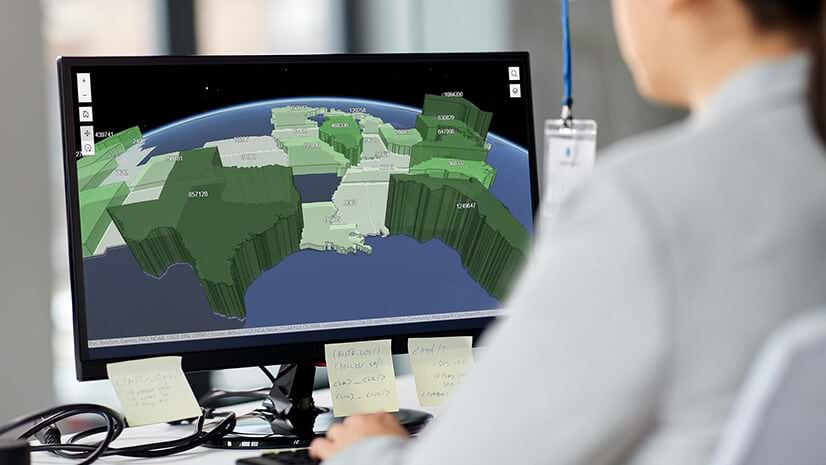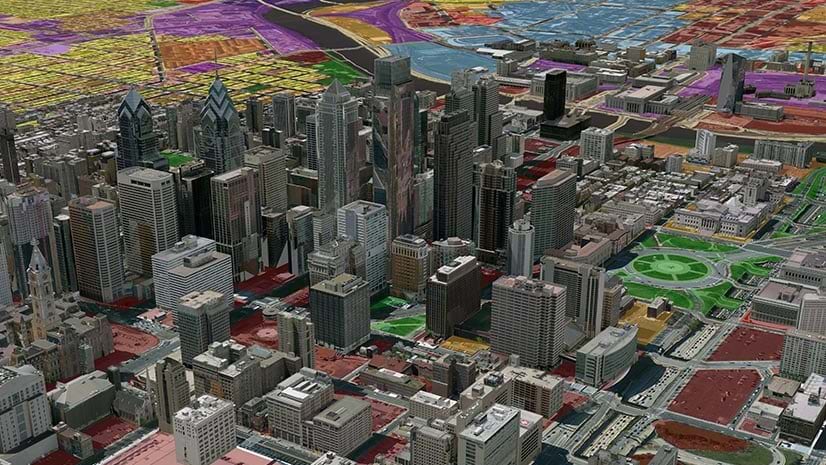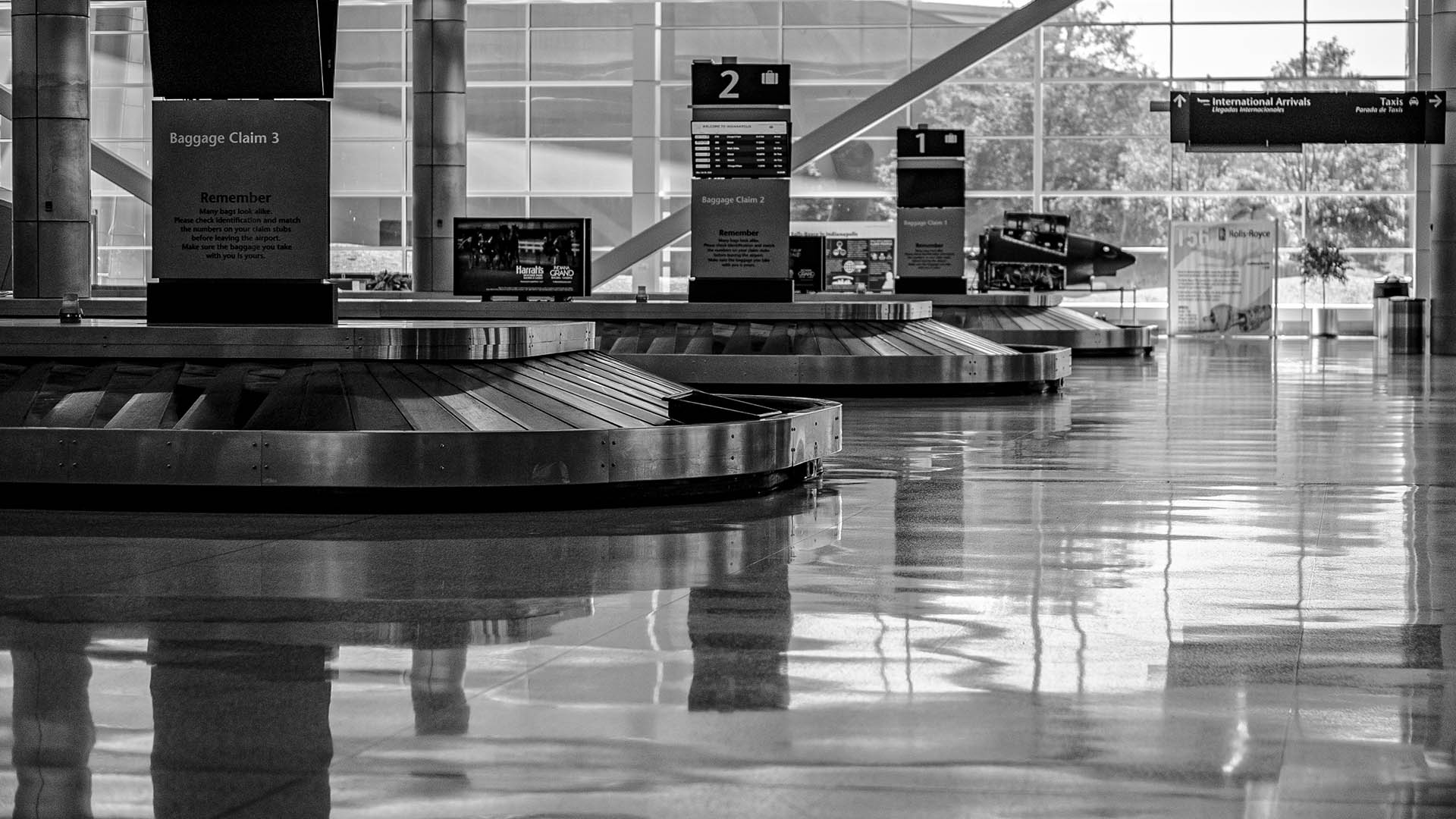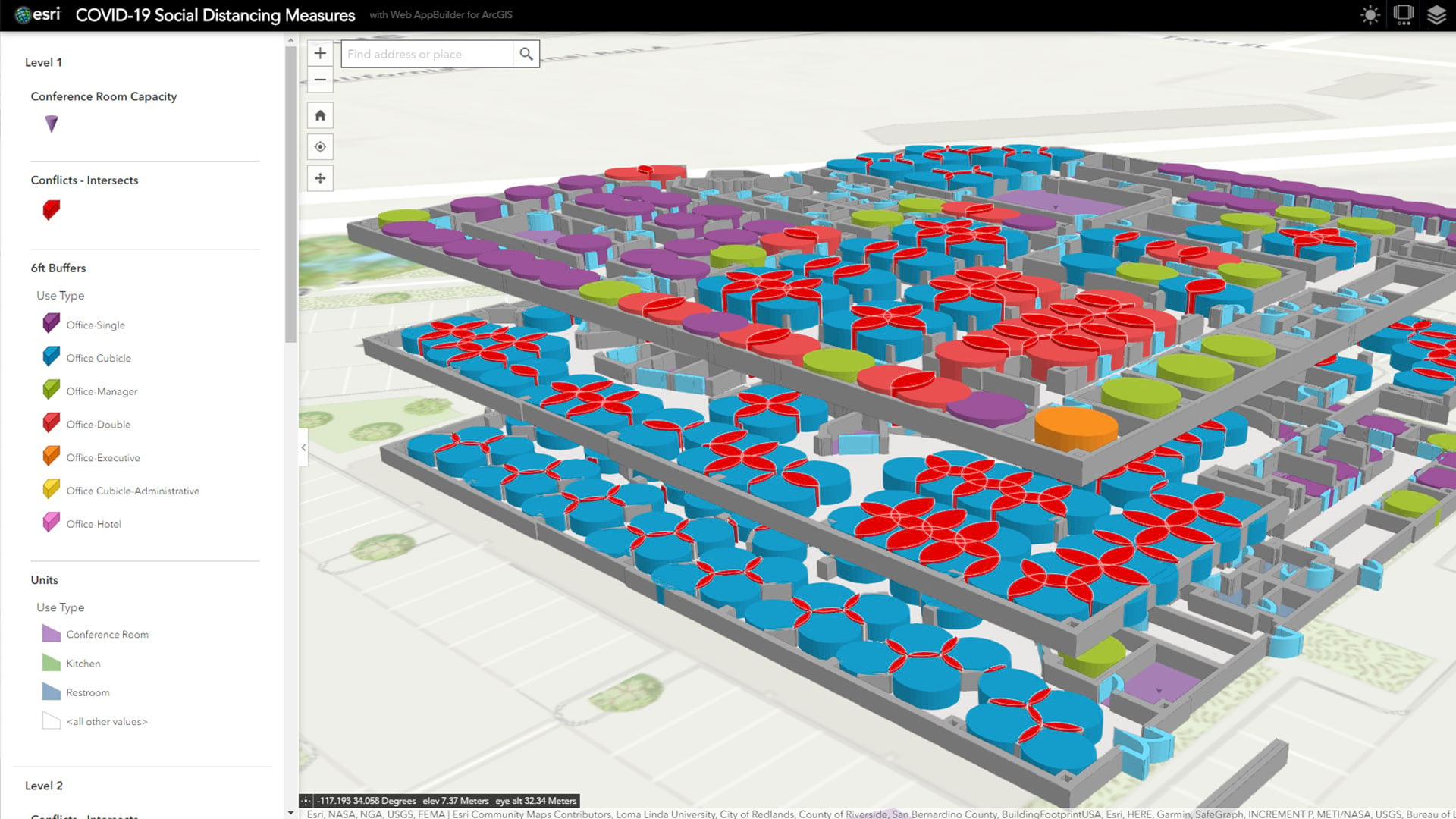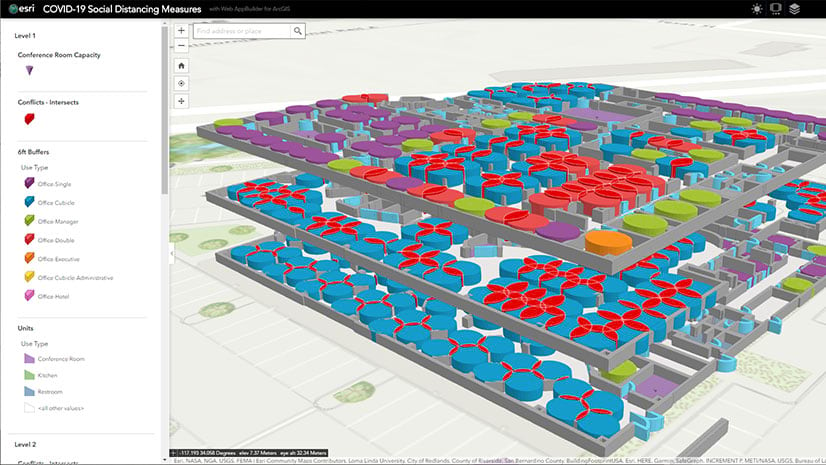After nearly two years of curbside pickup, online doctors’ visits, and other contactless interactions, consumers and companies have learned to adapt to virtual customer service. For travel and hospitality businesses like hotels, the pandemic significantly increased expectations for technology that powers contactless guest experiences and operations.
According to a new trend report, some hotel brands are leaning into the shift by delivering digital-first, “staff-less” or low-staff stays that use apps, smart devices, and remote management tools in place of traditional personnel. At a time when hotels face an unprecedented labor shortage, there’s added incentive to automate unfilled roles.
As hoteliers explore the low-staff model, they should consider enhancing both guest-facing and operational applications with location capabilities. Features like interactive indoor maps, populated with useful data and equipped with navigation, can guide customers and essential staff through an increasingly automated space.
The Guest Perspective—Navigating the Low-Staff Hotel
One key piece of technology makes the low-staff hotel possible: the smartphone. Today’s travelers already use mobile devices to access boarding passes, arrange ground transportation, and traverse unfamiliar cities. In the absence of an in-person concierge, guests can turn to a user-friendly hotel app for important information to enhance their stay.
Top travel and entertainment brands have been innovating in this area for several years, from the 2018 launch of the MGM Resorts app, with in-app booking and contextual notifications, to the recent release of Disney Genie, featuring algorithm-driven dining suggestions and real-time information about attractions and wait times.
Fundamentally, a low-staff hotel app helps guests check in, access their rooms, and use onsite amenities. But with additional features, hotel brands can create experiences that differentiate them from other low-staff lodging options like Airbnb and VRBO. For that, hotels might borrow a page from outdoor adventure companies like Relive and Red Bull X-Alps, which incorporate maps and location-specific information for live routing.
Hospitality executives can bring the concept indoors, using location services and indoor mapping from GIS technology to help guests navigate their stays. An in-app map addresses common front-desk questions like where to find the elevators, the fitness center, or the airport shuttle pick-up zone—and can layer in real-time information like whether the pool is crowded or how to find the best route to the 1 p.m. beach yoga class. In more advanced instances, a GIS-based geofence senses the arrival of loyalty-program members and sets the thermostat in their room to the desired temperature.
For businesses that emphasize customer service as a metric of quality, a thoughtfully designed hotel app can be the virtual equivalent of a skilled concierge, with location capabilities creating a memorable digital-first experience.
Creating a Staff Operations Center
Hotel executives know that a memorable guest experience begins behind the scenes. On the back end of a low-staff hotel, GIS technology can create operational efficiency for managers and essential employees. For example, a smart map of a hotel indicates which rooms are ready for cleaning or where maintenance crews are needed, directing onsite staff to their next task. By integrating with service management software and mobile devices, indoor mapping technology gives managers and staff a shared view of what’s needed, where, and when.
With fewer employees onsite to oversee activities, managers of low-staff hotels need other ways to collect real-time information. Location-enabled apps for guests and onsite staff allow users to request room cleanings or report issues on an interactive map, essentially digitizing the traditional front desk phone call. When integrated with service management software, such apps can automatically trigger work orders. Managers and staff see work notifications on a map of the property, helping employees visually triage tickets and enabling managers to assign tasks based on proximity.
High-tech hotels could use IoT technology to further automate reporting, incorporating data from sensors in keyless doors, thermostats, or plumbing and electrical systems. Digital maps can show the status of equipment around the property at a glance, creating a real-time operating picture that helps managers take action before latent issues impact guests.

Whether pivoting existing hotels to low-staff operations or designing new purpose-built ones, hospitality executives can consult smart maps to identify where infrastructure and demand intersect.
In a Postpandemic World, Tech-Savvy Travel Has Broad Appeal
Though many digital-first hotels emerged in response to COVID-19, with strategic planning they can cater to a postpandemic audience. Across service industries, patrons have grown accustomed to minimal staff interactions in the interest of public health. The low-staff hotel could be a natural next step for operators who are already adopting new technologies to keep pace—and a preferred option for customers who are cautiously regaining confidence in the safety of travel.
Backed by location intelligence that contributes to an exceptional guest experience, hotel executives can confidently approach the low-staff trend as their sector looks toward a tech-forward future.

